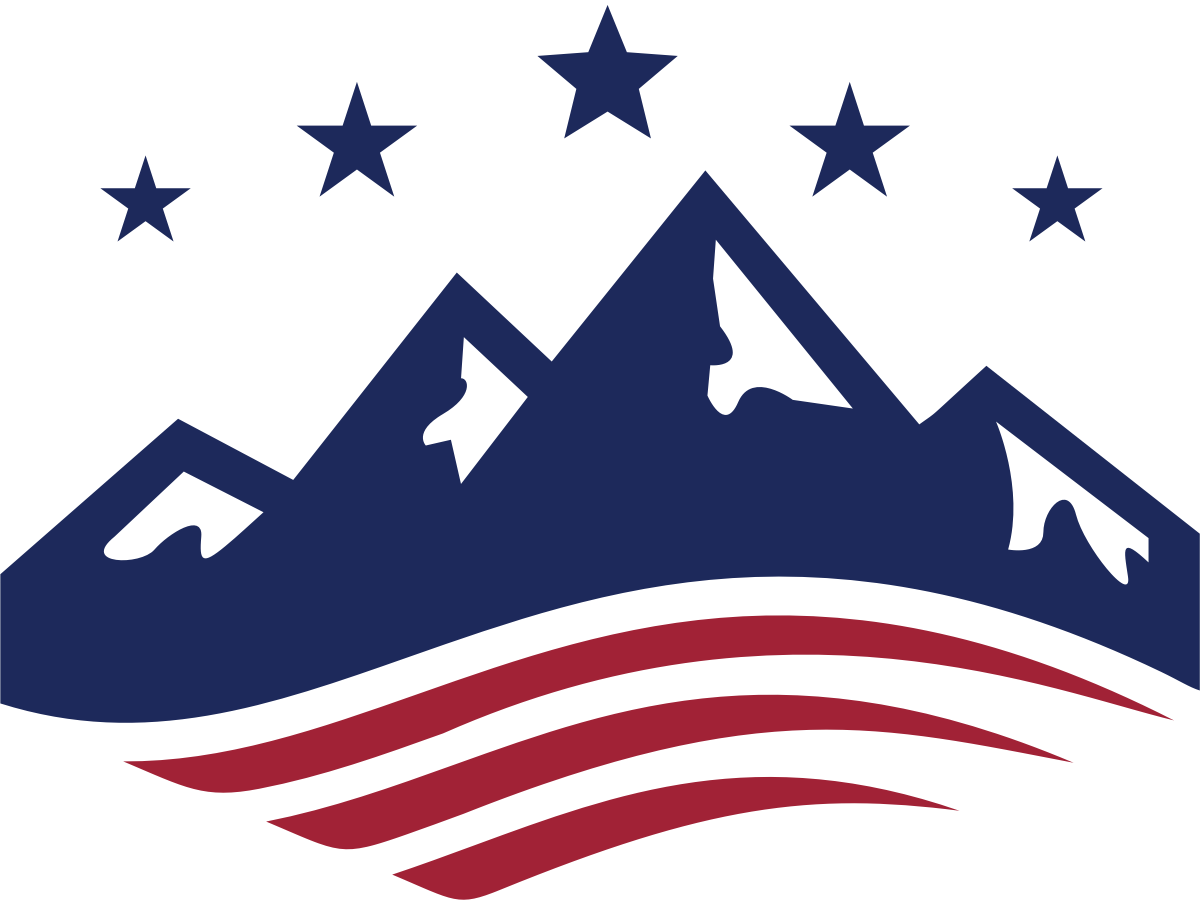
Written by William C. Duncan
November 16, 2023

The free speech clause of the First Amendment is very simple: “Congress shall make no law … abridging the freedom of speech.” Public discussions of the provision, though, often invoke other phrases: “shouting fire in a crowded theater,” “marketplace of ideas,” and “clear and present danger.”
Where do these ideas come from, and what do they mean for free speech?
They all come from U.S. Supreme Court opinions issued over a 50-year period during the 20th century. As discussed in last week’s post, there were serious free speech controversies around laws enacted by Congress beginning in the early years of the United States. But it was not until the 20th century that free speech disputes led to lawsuits in federal court to define the limits of that basic American right.
Shouting fire in a crowded theater
During World War I, Congress passed the Espionage Act of 1917. Some of what this law prohibited seems like common sense to us now – stealing documents related to national security to give to the nation’s enemies, for example. But other activities made illegal by this law will sound surprising to modern readers. For instance, the law prohibited speaking out against military recruiting efforts.
Charles Schenck and Elizabeth Baer, socialist activists, were opposed to U.S. participation in the war and sent out leaflets encouraging men to peacefully disobey the draft. They argued that the draft was a form of involuntary servitude prohibited by the 13th Amendment. After a law enforcement raid of the socialist party headquarters, they were charged with violating the Espionage Act.
In 1919, the Supreme Court unanimously upheld Schenck and Baer’s convictions. Although they had argued that the conviction violated their right of free speech, Justice Oliver Wendell Holmes found there was no conflict between the Espionage Act and the Constitution. This is where the “theater” phrase comes in. Holmes used the analogy to introduce a truism: “The most stringent protection of free speech would not protect a man in falsely shouting fire in a theatre and causing a panic.” This prosecution, he argued, was like that scenario. The fact that the nation was involved in a war meant that “many things that might be said in time of peace are such a hindrance to its effort that their utterance will not be endured so long as men fight, and that no Court could regard them as protected by any constitutional right.”
While the theater analogy is now assumed to mean that everything short of a false alarm would be protected, in this case, it was used to define a limit to freedom of expression.
Marketplace of ideas
Interestingly, later that year, Holmes dissented from the conviction of individuals under the Espionage Act for circulating pamphlets criticizing U.S. involvement in the First World War.
Holmes’ dissent outlasted the court’s majority decision in this case. He suggested that the wise ordering of society and correct government actions are “better reached by free trade in ideas—that the best test of truth is the power of the thought to get itself accepted in the competition of the market, and that truth is the only ground upon which their wishes safely can be carried out. That, at any rate, is the theory of our Constitution.”
Holmes, joined by one other justice, concluded: “I think that we should be eternally vigilant against attempts to check the expression of opinions that we loathe and believe to be fraught with death, unless they so imminently threaten immediate interference with the lawful and pressing purposes of the law that an immediate check is required to save the country.” In short, unless unpopular speech fits the “crying fire in a crowded theater” analogy, it ought to be protected.
This commitment to free speech took some time to become the majority position.
Imminent danger
In a way, Holmes had created a paradox by asserting two different, potentially conflicting, approaches to assessing limits on speech. The first was to allow government officials wide latitude to limit speech that could harm government interests. The second was to allow a wide range of speech in the hopes that sound arguments would crowd out fallacious ones.
In the next few decades, the court went back and forth in how it approached free speech regulations. In 1925, it upheld a New York conviction for publishing a “Left Wing Manifesto”; in 1931, it struck down a California law prohibiting the display of a red flag in a public meeting. In 1942, the court upheld the conviction of a Jehovah’s Witness speaker for calling the mayor of Rochester, N.H., a “damned fascist”; in 1949, the court reversed the conviction of a suspended Catholic priest for a confrontational speech in which he referred to protesters as “‘slimy scum,’ ‘snakes,’ ‘bedbugs,’ and ‘the like.’”
Ironically, there was another phrase used in Holmes’ 1919 opinions that would eventually be understood as the way to reconcile these concepts. Holmes asserted that speech limitations should be confined to instances where expression created a “clear and present danger” to another person or interest the state was justified in protecting.
In 1969, the court considered the conviction of a man for a despicable racist speech given at a Ku Klux Klan rally. The court unanimously struck down the Ohio law under which the speaker was prosecuted because it punished “mere advocacy.” The court reworked the “clear and present danger” idea to create a rule more protective of speech. To be punishable, advocacy must consist of “incitement to imminent lawless action.”
Conclusion
There were far more decisions issued by the court during this time that contributed to the pattern of free speech protection now in place. What is interesting about these decisions is that they did not uniformly accept the free speech claims, and they did not always establish clear rules. They did, however, address difficult questions that eventually developed into the rules that now offer very broad speech protections. They have also left some important issues still to be resolved. Constructively engaging those issues is more likely when we understand the historical context in which they have been raised. The context is like the map in a shopping center that tells you where you are: Without that, the location of other sites does not make sense. Knowing where we have been, as well as what has not yet been decided, allows us to weigh in on ways forward and to claim the rights that have already been extended.

Insights: analysis, research, and informed commentary from Sutherland experts. For elected officials and public policy professionals.

- In the 20th century, the U.S. Supreme Court became active in determining how, and to what extent, speech would be protected under the Constitution.
- Initially, influential opinions by Justice Oliver Wendell Holmes were used to justify restrictive or expansive protections – leaving the law unsettled.
- Eventually, a phrase used by Holmes was modified to create the expansive protections of even objectionable speech we have become accustomed to today.
Read More
Conservatives’ Golden Opportunity to Win the Minimum-Wage Argument
Election year offers conservatives an opportunity to deliver a pro-worker message that can win over persuadables on the minimum-wage debate.
Protecting property rights against government overreach
While governments can continue to regulate land use, these regulations and fees must be justified by a government interest and proportional to the effect of the development’s impact on that interest.
Do we need to care about the Utah State Board of Education?
For any Utah voters who also feel like K-12 public education is headed in the wrong direction, learning about the candidates running for a seat on the Utah State Board of Education (USBE) is a wise choice this election season.


